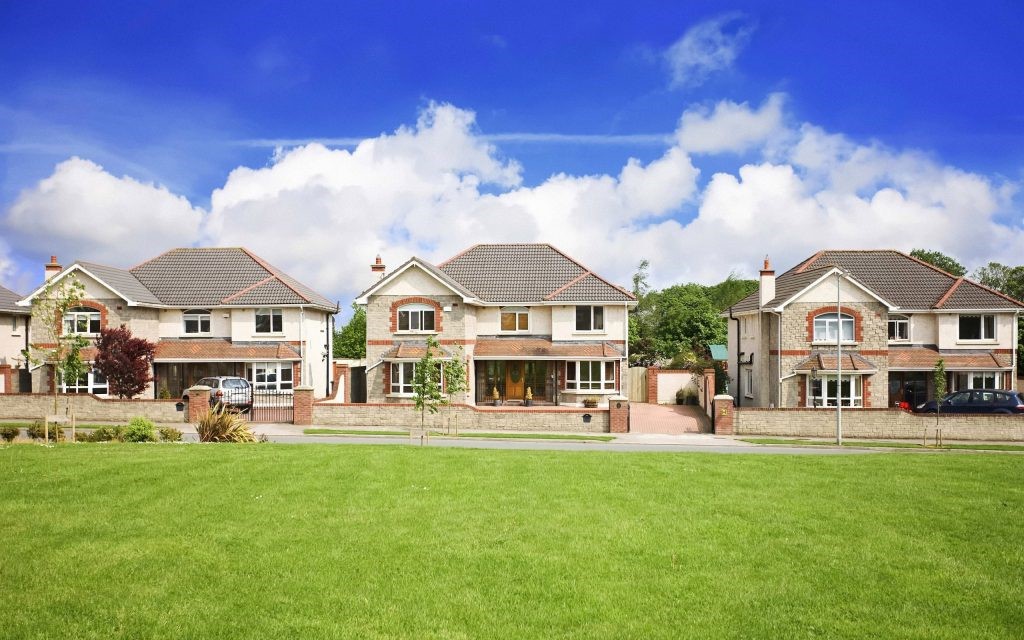When implemented well, buying off the plan – be it a studio in an inner city apartment tower or a house and land package in suburbia can be a powerful way to quickly build your property portfolio.
One of the big advantages is the small amount of upfront capital needed to lock in your piece of real estate. Whether it’s buying your first home, starting that portfolio you have always wanted or expanding your current holdings, buying new can be very advantageous. Most developers only require a 5 or 10% deposit, with some developments taking about two years until completion. This means investors can get in with little capital and spend the months ahead saving and for rising markets, this gets you ahead of the growth curve with little money down.
Finance Expert and Economist, Craig Cobb argues that “What most Australians don’t know is that buying new property over pre-existing property opens up some significant benefits. Buying new means low maintenance, higher yields, tax benefits and builder’s warranties are in place. A major added bonus is that you tend to get better tenants that take pride in the new residence and will look after it.”
As a strategy, purchasing new stock can work well for most investors and deliver excellent benefits – providing you pick the right project, in a good location. So who usually buys new property?
High-Income Earners
For high-income earners who are time poor, purchasing new property can offer excellent upside. On the time-front, new investments require minimal maintenance consequently providing a ‘set and forget’ option for a busy professional.
From a financial perspective, the tax breaks available via depreciation provide investors on high-incomes great savings by reducing their overall taxable incomes. Tax Depreciation Specialist, Mike Mortlock of MCG Quantity Surveyors concludes that “If you’re buying an investment property now, buying new is the only way to ensure you’re getting the best possible depreciation.
“High-income earners benefit the most from depreciation as the deductions can sometimes drop them into a lower tax bracket, but essentially the higher your tax rate, the greater the real impact of depreciation deductions will be.”
Low-income earners
At the other end of the spectrum, low-income earners can also benefit greatly from this type of investment. Higher-yielding, a new property can generate increased cash flow and help cover mortgage repayments. With smaller amounts of cash required to be injected up front and the potential to reap Capital Gains benefits during the building stages, this strategy can help kick-start a low-income earner’s portfolio.
Additionally, building issues covered with Builders Warranty can be a saving grace in the early part of any low-income earners investor journey – limiting a buyer’s need to dip into their pockets if any building issues arise. This being somewhat overlooked by those buying older properties that require a lot more maintenance ongoing and affecting nett return.
SMSF investors
As an SMSF investment, the new stock offers a great ‘set and forget’ option. Generally lower ongoing maintenance and high yielding (requiring a little top up from SMSF funds to maintain cash flow), it can be ready to tenant immediately and start earning straight off the bat.
Craig Cobb agrees stating, “ASX has grown little over the past 3 years and global stock markets have been going up for 9 years and you have the perfect storm for a significant stock market fall in the 40/50% range.
“Buying new investment property in your super not only gives a strong yield and growth play but also reduces the risk by diversifying against potential stock fall scenarios of 40/50% and effectively putting your retirement behind by potentially a decade.”
Like anything involving superannuation, having the right advice to suit your needs, goals and specific scenario is key before embarking on any investment journey.
First homeowners
For first homeowners, new properties can be an attractive option, providing stamp duty concessions and savings via the first home owners grant.
Lawlab Director, Richie Muir suggests that “Housing affordability, especially for first home buyers, has been a hot topic over the past year and federal and state governments have introduced policies that aim to assist first home buyers. Some examples of this are the introduction of the first home super save scheme, and increases in first homeowners grants and first homeowner stamp duty concessions in some states.
First homeowner grants mostly apply to new homes, which can be purchased as a newly built home or as a house and land package, or built by the first home owner.”
A further benefit of purchasing new as a homebuyer can occur, if a purchaser gets in early, a developer may make changes to the layout, finishes and inclusions to secure the purchase. From a lifestyle standpoint, the new stock tends to be built in close proximity to amenities and transport hubs – a big plus for homeowner residents.
Overseas/FIRB buyers
New property stock offers Overseas/FIRB Buyers an entry point into the Australian market. Foreign investors are often able to secure FIRB pre-approval through Australian Developer’s, thus simplifying and de-risking the process. For many overseas investors, the Australian market offers a safer and more stable property investment option in comparison to their home country market.
As with all investment strategies, it is critical to understand your personal situation and make purchasing decisions in accordance. While new property brings with it a range of benefits to many investors at various stages in their respective property journeys, be warned: not all projects are created equal and as with all things property, location is everything.
To discuss the merits of buying a brand new property versus an old property, please contact me on 002 9095 6888




